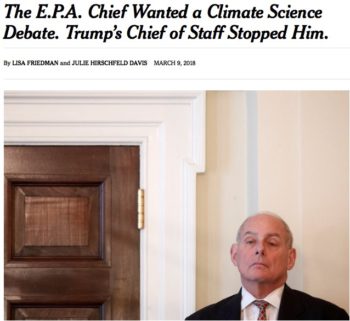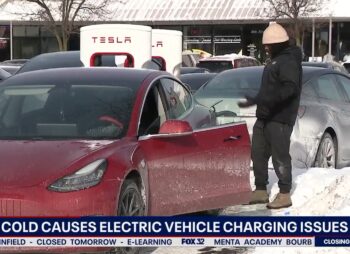
How would we survive if the sun stopped beating down on us? It was a real fear.
Then came science and industrialization. As the new era took over, we mostly forgot the sun and its importance to our existence. (Of course, most people occasionally complain that it is either too sunny or not sunny enough.)
But just because we stopped paying close attention doesn’t mean that it lost any of its importance to our world. And neither does the fact that the life of the sun is far more complex than many people realize.
Indeed, if we are to believe the experts, the sun’s behavior is about to change in a way that could have dramatic consequences for the food we eat and the broader economy.
That’s why it is rather handy that an important book on the matter was recently published in paperback. Nature’s Third Cycle: A Story of Sunspots by Arnab Rai Choudhuri.
The third cycle is that of the Sun and the dark spots which appear on the solar surface. The first two cycles are day versus night and the changing seasons.
Choudhuri gives us a condensed history of the study of the sun and of sunspots over the past few centuries back to Galileo Gailiei, whose discovery of the Sun’s 27-day rotation marked the serious start of solar physics.
The remarkable tale includes skilled amateurs as well as professional academics, the rivalries between the main players, and a probable husband-wife murder-suicide thrown into the mix.
Yes, there is a lot in the story of studying the sun, and the author does a masterful job of making it a fascinating read. Not too shabby when many scientific books do more to muddle the reader than to enlighten.
The names which might be familiar include the following: space observatory pioneer George Ellery Hale; discoverer of Uranus William Herschel; and astronomer Edward Maunder.
It was the last of those men who identified a period from about 1640 through 1715 when the spots on the Sun disappeared. Usually, the number of dark blemishes on the solar surface tends to rise and fall in somewhat predictable 11-year cycles.
The period when the spots vanished, a so-called grand solar minimum, also coincided with a sort of mini-ice age with harsh winters and short cool summers. It became known as the Maunder minimum after the man who studied it.
Of course, the idea that the temperature of the earth could be changed by mysterious fluctuating dark patterns on the sun’s surface is nothing if not controversial. But that doesn’t mean it isn’t true, as the author states:
[…] the earth indeed becomes cooler when sunspots go missing. Exactly how this happens is still a question on which experts seem to have very differing views and which is unlikely to be settled definitively in the near future.
Choudhuri takes pains to add that none of this negates the effect of industrialization on climate change. They are both critical factors.
However, the whole matter is complicated by the fact that while the world was warming up in the 20th century the number of sunspots were above their average count. Remember, other things being equal, more spots means warmer earth temperatures.
When the book was published in hardback in 2015, the author was reluctant to forecast the likely outcome of the current sunspot cycle.
But what has become more apparent based on more recent research from NASA is that we are now in a period of very few or no sunspots. This has coincided with the brutal winter we are going through now.
The question is whether we will enter another grand solar minimum just like the Maunder minimum which if history is a guide would mean a period of much colder weather winters and summers.
More than a few experts with whom I speak regularly believe that we shall enter such a grand minimum along with the resulting bone-chilling weather.
If that happens, then there will be profound influences on the economy, including possible crop failures and rising energy use for home and workplace heating. Or in other words, expect bigger bills for food and energy.
After a period in which the supply of both has been increasingly abundant then this change will likely come as a shock to many people and likely the broader global economy as well.
Read more at Forbes

















If and when our planet turns colder, the rich will again be pressured to compensate the poor.
I’m continually gobsmacked at how many tortured and complex climate models exist, and how many purport to tell us that human factors dominate our changing climate above all else. Logic would dictate that the FIRST factors of any model should be the sun itself, and any changes the sun undergoes. Instead, the sun’s influence seems to me marginalized or left as a simple constant altogether. Incredible.
“Exactly how this happens is still a question on which experts seem to have very differing views and which is unlikely to be settled definitively in the near future.”
Yes. How this happens is a matter of science. But not all “experts” expressing their “scientific” views are scientists!